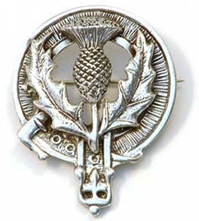|
Buttevant (Irish:
Cill na Mullach,
meaning "Church of the Summits" or Ecclesia Tumulorum in
the Latin) is a medieval market town, incorporated by charter of
Edward III, situated in North County Cork, Ireland. While there
may be reason to suggest that the town may occupy the site of an
earlier settlement of the Donegans, Carrig Donegan, the origins
of the present town are clearly and distinctly Norman, and
closely connected with the settlement of the Barrys from the
13th century.
Buttevant Castle, locally also
known as Barry Castle, lies on the edge of the town. Buttecant
Castle was built around 1200 by the Norman Barry family. It was
built at the edge of the town, on a hill above the swift-flowing
Awbeg River, overlooking the town's mill and weir. In 1317 the
town was enclosed with a strong wall and the castle became part
of the town's defenses.
In 1461, a
Morrogh O'Brien over-ran the province of Munster, and damaged or
took the town and castle of Buttevant. In 1555 Lord Barry was
created Viscount Buttevant. In 1790, Buttevant Castle and town
were sold by Richard Barry, Earl of Barrymore, to a John
Anderson of Fermoy. He restored the castle as a castellated
house and gave it to his eldest son Sir James Anderson. Sir
James lived there until the mid-1840s. In 1850, the castle was
occupied by a William Roche. The castle had various occupants in
the later 19th century and was last occupied in the early 20th
century.
 |



